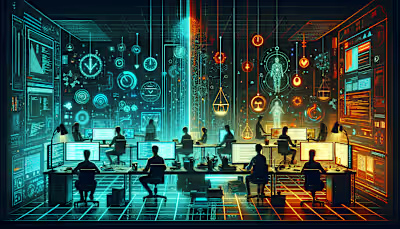Hire Webflow Designers: 9 Red Flags to Watch For During Evaluation

Hire Webflow Designers: 9 Red Flags to Watch For During Evaluation
Why Hire Webflow Designers?
Nine Red Flags to Watch For
1. Lack of a Solid Portfolio
2. Poor Communication
3. Unrealistic Timelines
4. Vague or Hidden Pricing
5. Inadequate Technical Skills
6. Dismissive of Your Input
7. Negative or Nonexistent Reviews
8. Lack of Maintenance or Post-Launch Support
9. No Plan for Security or Backups
Why Expertise and Collaboration Matter
FAQs About Hiring Webflow Designers
Why is a Webflow-specific portfolio important?
Can I protect my ownership rights for the final website?
Should I provide my own design mockups?
How often should I schedule site checkups?
A Few Last Words
Hire Webflow Designers: 9 Red Flags to Watch For During Evaluation
Why Hire Webflow Designers?
“The difference between a cool website and a functional one is usually a designer who actually understands their tools.”
Nine Red Flags to Watch For
1. Lack of a Solid Portfolio
“If their portfolio makes you squint, your project might suffer the same fate.” 👀
2. Poor Communication
3. Unrealistic Timelines
4. Vague or Hidden Pricing
“It’s not just the price—it’s what that price actually includes.” 💸
5. Inadequate Technical Skills
6. Dismissive of Your Input
7. Negative or Nonexistent Reviews
8. Lack of Maintenance or Post-Launch Support
9. No Plan for Security or Backups
“No backups = rewrite everything from scratch when something fails.” 🧨
Why Expertise and Collaboration Matter
“Silence is a feature request that didn’t make it into the build.”
FAQs About Hiring Webflow Designers
Why is a Webflow-specific portfolio important?
“If they only show Figma, they might be great at drawing—but that’s not the same as building.” 🔧
Can I protect my ownership rights for the final website?
Should I provide my own design mockups?
How often should I schedule site checkups?
“Think of it like a website oil change—don’t wait for weird noises before checking under the hood.” 🧰
A Few Last Words
Posted Apr 17, 2025
Hire Webflow designers with confidence by spotting 9 red flags like vague pricing, poor communication, and weak portfolios before you commit.









